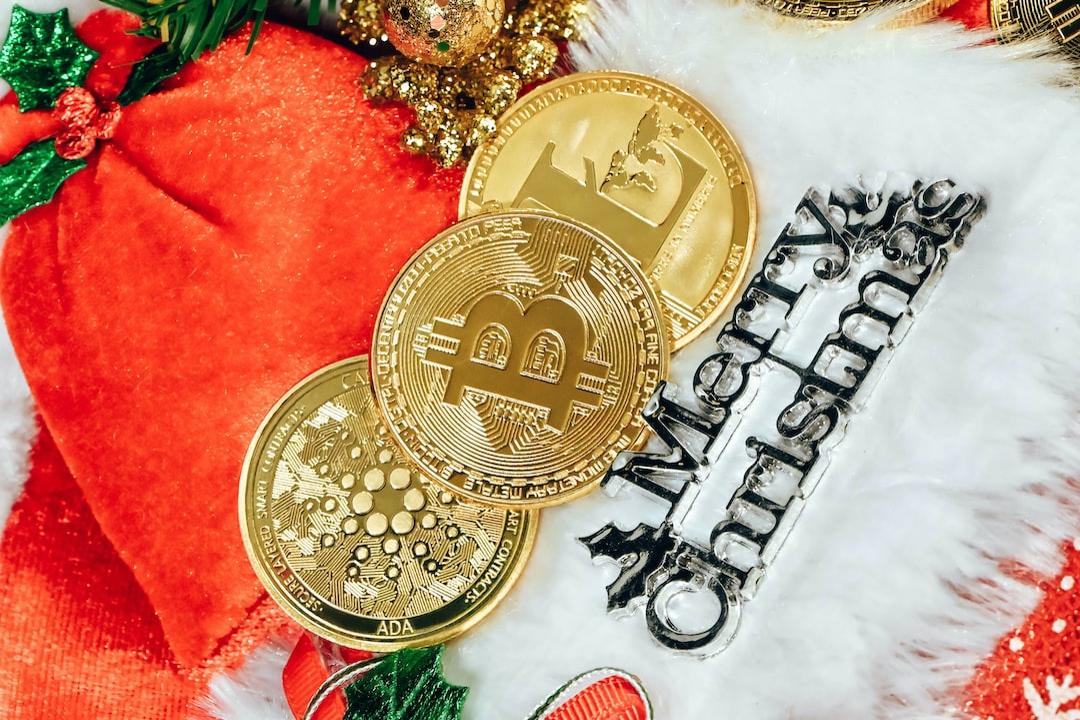Ethereum is executing its roadmap as the network expands through Layer 2. ETF trading should be available at some point this summer. Larry Fink shows no signs of stopping his talk about tokenization. We are on the edge of a Fed rate cut.
Now is a good time to be bullish on Ethereum.
Should you hold ETH? Or a basket of L2? Or both?
In this week’s report, we provide a data-driven framework for portfolio construction.
L2 Data vs Ethereum
We start the analysis with some key data points comparing top-ranking L2s to ETH across multiple KPIs.
We also look at the top performers within each metric in L2.
Total Locked Value:

Data: Token Terminal as of June 23, 2024
The top 12 L2s account for 15% of Ethereum’s daily locked value.
Here is the TVL leaderboard for L2s:

Data: Token Terminal as of June 23, 2024
Arbitrum takes the top spot, with the following top 5 drivers:
Aave – $790 million;
Pendle – $659 million;
GMX – $612 million;
Renzo – $371 million;
Uniswap – $306 million.
Notably, Blast secures the second position by generating yield on Ethereum (via staking) and stablecoins (via MakerDAO, Treasuries). We’ll keep a close eye on this to see how sticky it is after token drops.
Daily Active Addresses:

Data: Token Terminal as of June 23, 2024
Currently, the top L2s have 4.7 times the number of daily active addresses compared to Ethereum.
Here is the leaderboard for L2s:

Data: Token Terminal as of June 23, 2024
Arbitrum again takes the top spot and is the first L2 to surpass Ethereum L1 in terms of daily active users.

Data: Token Terminal as of June 23, 2024
The fees of the top 11 L2s account for 15% of the fees Ethereum has collected in the past 90 days.
Let’s quickly go through the fee leaderboard for L2s:

Data: Token Terminal as of June 23, 2024
In the past 90 days, Base’s fees are more than double that of the second-ranking Scroll, accounting for 6% of Ethereum’s total fees.
90-Day Trading Volume:
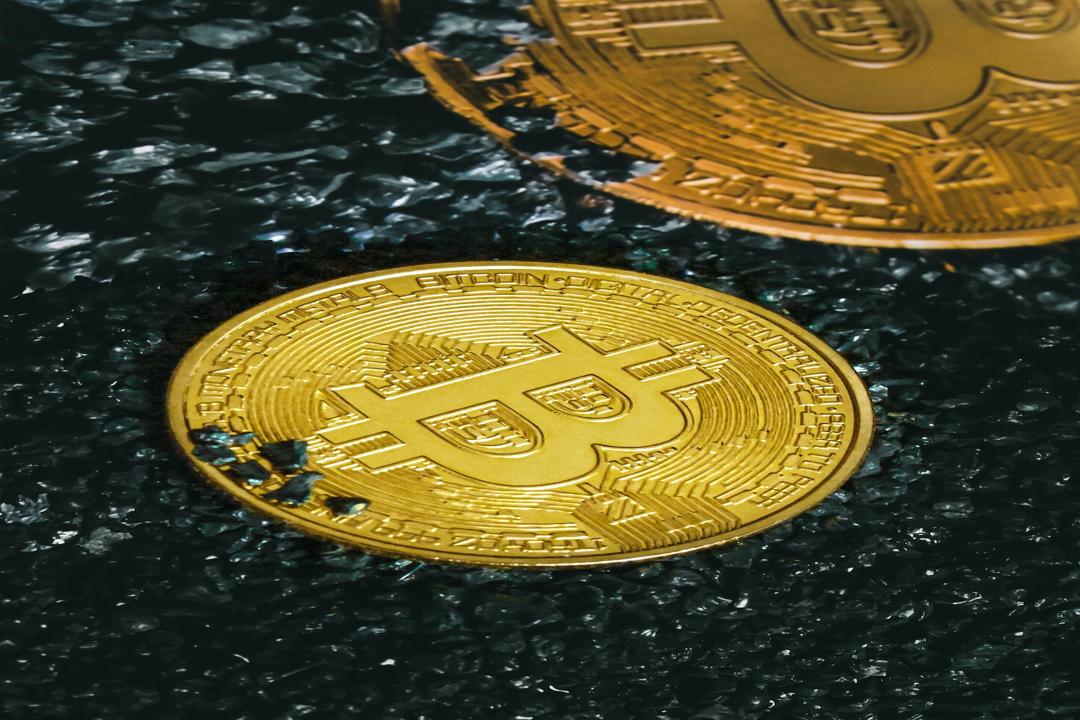
Data: Token Terminal as of June 23, 2024
On average, top L2s now process 6.7 times the number of daily transactions compared to Ethereum L1.
Here is the breakdown for L2s:
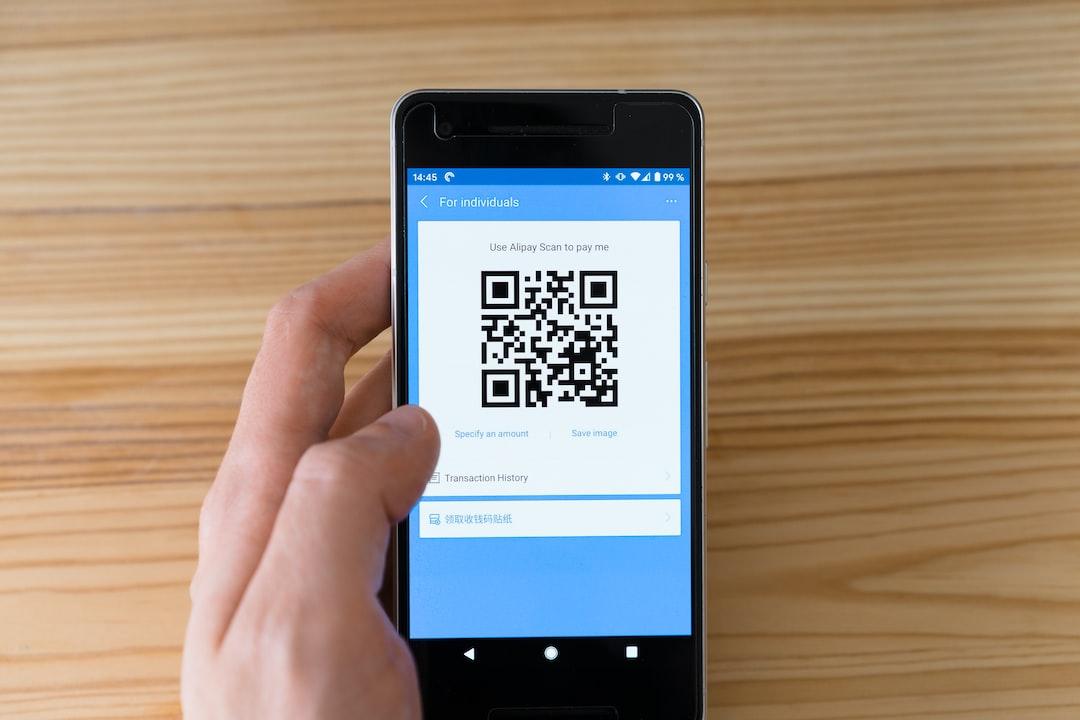
Data: Token Terminal as of June 23, 2024
Base has approximately 66% of the daily user count of Arbitrum. However, Base users transact 6.9 times more on Arbitrum compared to transacting only 2.5 times more on Arbitrum.
Cost per Transaction:

Data: Token Terminal as of June 23, 2024
The average cost per transaction reveals why Arbitrum, despite being ranked second in transactions, has a mid-range fee: transactions on Arbitrum cost $0.02, while on Base, they cost $0.15. As a reference, the average transaction fee on Ethereum during the same period is $5.30.
Developers:

Data: Token Terminal as of June 23, 2024
Currently, the top L2s have approximately double the number of active core developers compared to the present. *Token Terminal defines core developers as the number of distinct Github users who have made 1+ commits to a project’s public repository in the past 30 days. These numbers exclude ecosystem/application developers.
Let’s see how the comparison between L2s looks like:

Data: Token Terminal as of June 23, 2024
Here, Optimism takes the first position for the first time, with the number of active developers on Arbitrum being more than double. Notably, Base is in the middle, indicating they derive more value from developers compared to competitors, considering applications, users, and on-chain fees.
But what do market participants hold? ETH or L2 tokens?

Data: Token Terminal as of June 23, 2024
L2 portfolios only account for 2% of Ethereum’s current token holders (note that 4 top projects don’t have tokens yet: Base, Blast, Linea, and Scroll).
Here are the details of the top 8 token holders in the market:

Data: Token Terminal as of June 23, 2024
In terms of the psychological share of L2 token holders/investors, Optimism and Arbitrum hold 80% of the market share but only account for 1% of Ethereum L1.
Finally, let’s summarize the valuations:
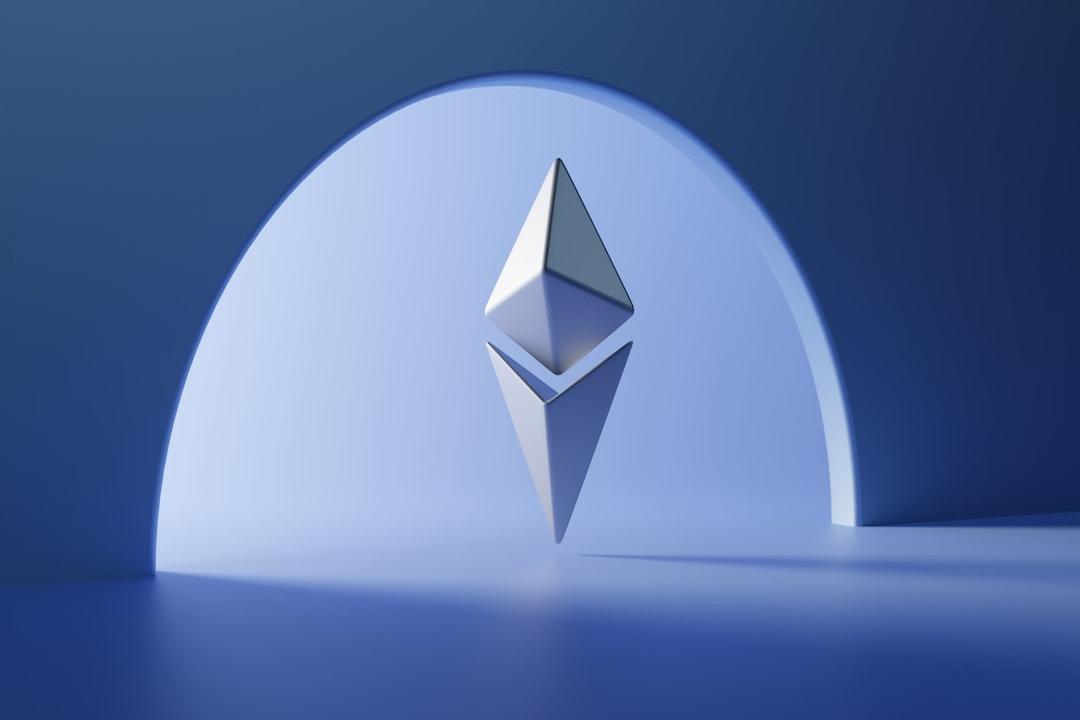
Data: Token Terminal as of June 23, 2024
As mentioned above, top L2s have:
15% of Ethereum’s TVL;
15% of Ethereum’s fees;
4.7 times the number of active addresses;
6.7 times the number of daily transactions;
2 times the number of developers.
Just…
2.4% of token holders;
9% of Ethereum’s fully diluted market cap;
2.7% of Ethereum’s circulating market cap.
Here is the fully diluted market cap for top L2s:

Data: Token Terminal
Arbitrum and Optimism account for 40% of the top 10 in terms of fully diluted market cap, representing 3.7% of Ethereum’s market cap (1.06% of the circulating market cap).
L2 Token Utility/Demand vs ETH
Now that we have some data, let’s examine the utility and demand for ETH tokens compared to L2 tokens.
ETH
Today, ETH has the following use cases:
Paying gas fees on the Ethereum network (including L2!). If you want to transfer stablecoins, trade on DEXs, mint NFTs, play games on-chain, get loans, etc., you need some ETH.
Collateral for earning yield. Want to earn yields on the Ethereum network? You need some ETH to do that.
Collateral for loans. Currently, over 1% (2.3 million) of ETH’s circulating supply is locked in MakerDAO smart contracts as collateral for on-chain loans.
Medium of exchange. Want to buy your favorite NFTs on OpenSea? You need some ETH.
Real-world assets. Want to tokenize assets so they can be freely traded globally? You need some ETH.
Deploy smart contracts. Want to build something on Ethereum? You need some ETH.
Re-staking. ETH can be used as collateral to earn fees directly from Ethereum or from applications and protocols within the Ethereum ecosystem. This is done by “re-staking” ETH. To earn this yield, you need some ETH.
As we can see, ETH has rich utility within the Ethereum ecosystem. This utility drives the demand for the asset, similar to how utility drives demand for commodities/assets like oil.
For these reasons, we believe ETH is more practical than any other asset in today’s cryptocurrency landscape.
Layer 2 Tokens
Today, Layer 2 tokens are used for… governance.
That’s right. Some networks allow users to pay gas fees with L2 tokens, but in most cases, these fees are paid with ETH.
Additionally, L2s must pay for block space (where transactions settle) on Ethereum with ETH.
Key point: L2 tokens have no utility or incentive structures to drive demand for them compared to today’s tokens. Ethereum does.
Accumulation of Value for L2 Tokens vs ETH
How does the value of ETH accumulate? Through actual yields generated by staking (and re-staking).
How do L2 tokens appreciate? Currently, there is no such mechanism for value accumulation because user fees are paid to L2 sequencers rather than a distributed validator network.
Execution (L2) vs Settlement (ETH)
Which is more valuable? Execution? Or settlement?
First, let’s set the stage for the differences between the two:
Execution: A useful analogy might be to view execution as ordering at a restaurant. You choose what you want. Communicate with the server. Then the server confirms your order.
Settlement: Settlement can be thought of as paying the bill, receiving a receipt, and accounting for the transaction.
Today, the relationship between L1 and L2 looks like this: Users execute transactions on L2, and L2 settles transactions on L1 (paying fees for this).
So, what is more valuable?
Some thoughts from the L2/Execution camp:
In traditional finance, the majority of value accrues to the execution layer of the tech stack—the brokers, market makers, and high-frequency traders. Settlement generates less value—think of it as clearing/settlement (DTCC).
The transaction fees of all blockchains may eventually drop to zero (or close to zero). If that’s the case, MEV will be the monetization of these networks in the future. For now. If all executionIn terms of the Ethereum ecosystem, there is only one settlement layer. Everything eventually settles on Ethereum and incurs ETH fees for this purpose.
L2 inherits Ethereum’s security and decentralization. The utility of tokens (and subsequent network effects) could ultimately be the only important thing. For instance, Ethereum may lose most fees at the L1 level but can still earn cash flow from “renting” Ethereum security to other applications and protocols on L2 that do not have their own base tokens.
L2 Margin vs ETH
Ethereum’s margin is basically 100% and will not change in the future.
Below are current L2 profit margins, significantly increased since EIP4844:
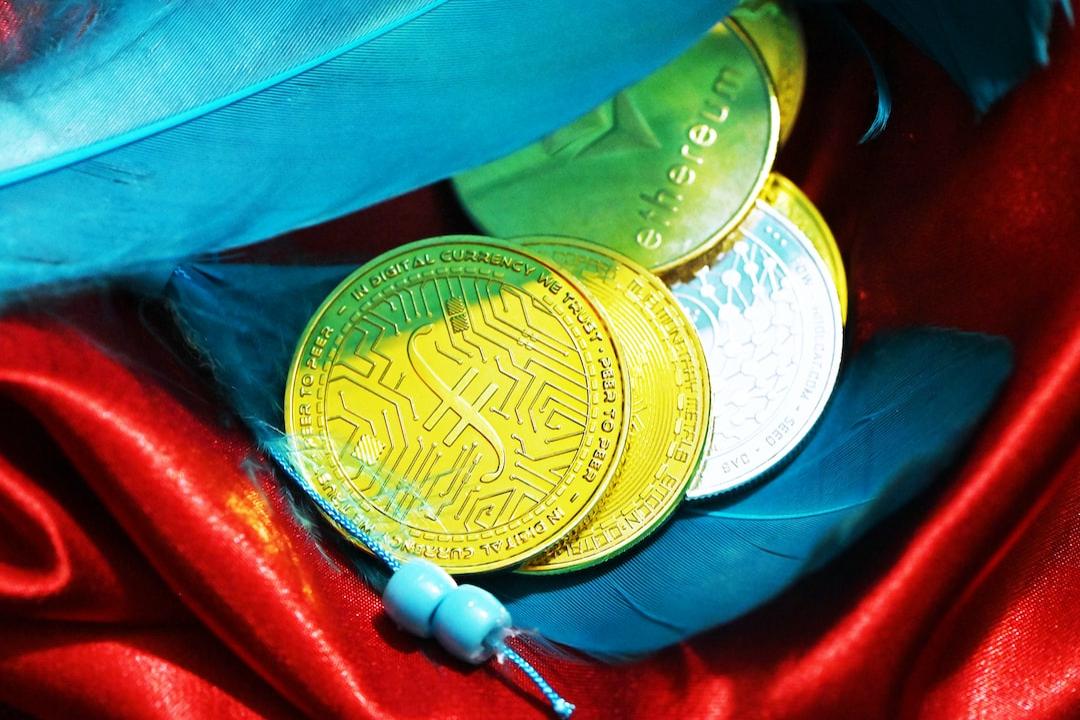
Data: Token Terminal
Base has lower margins due to paying 15% of its total revenue to Optimism. Blast margins have increased to 91% since the upgrade on May 27.
Relevance of L2 to ETH
ARB & OP price correlation with ETH
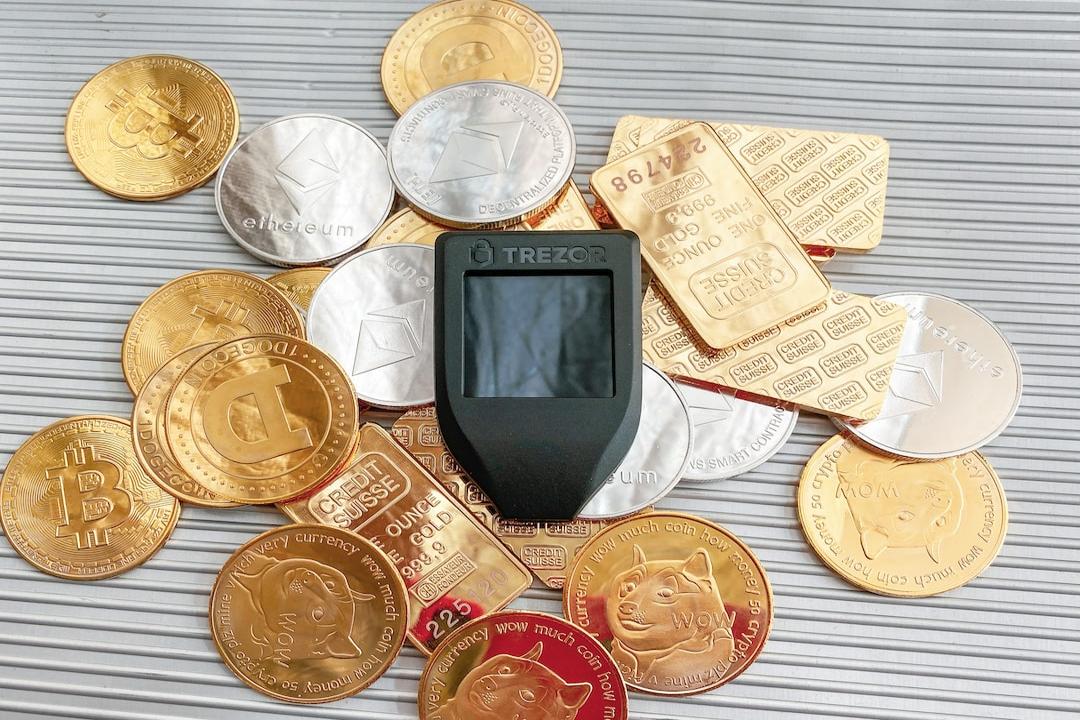
Data: Token Terminal
ARB has a highly correlated historical price coefficient of 0.71 with ETH. Optimism shows lower correlation with ETH, with a historical coefficient of 0.61, indicating moderate correlation periods without any correlation with ETH.
Price impact on ARB users

Data: Token Terminal
Arbitrum’s historical correlation coefficient is -0.009 (negative correlation). This is not a typo.
Comparing user activity with price-negative correlation?
Token unlocking, largely due to the lack of regulation by the U.S. Securities and Exchange Commission and Congress.
Stay tuned for more in the next section on unlocking content.
ARB prices and fees
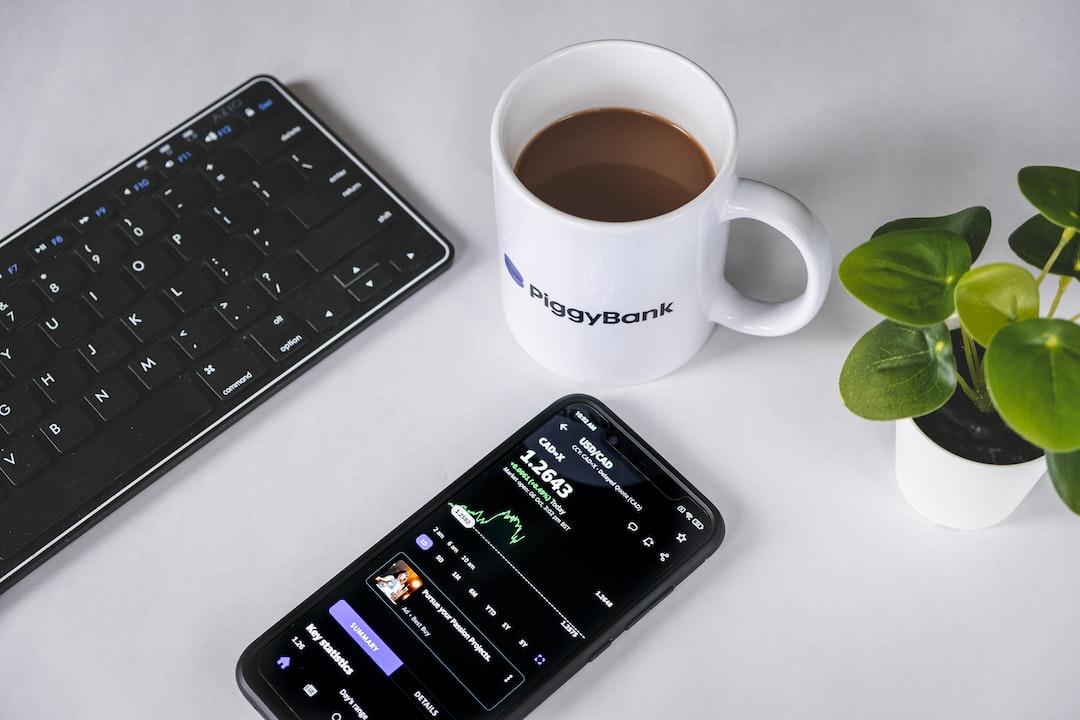
Data: Token Terminal
Unsurprisingly, prices also show a negative correlation with fees (historical correlation coefficient of -0.004). There is no compensation.
L2 Catalysts with ETH
Ethereum Catalysts
Next year’s biggest catalyst for ETH is ETF — it should start trading sometime this summer. Other catalysts include re-staking (additional returns for ETH holders), tokenization of real-world assets, corporate adoption, and maturity of DeFi and NFT use cases.
L2 Catalysts
We anticipate two potential catalysts for L2 next year.
Ethereum price.
If ETH performs better than ETF after approval, we may see some investors jumping directly to L2 — seeking allocations for smaller-market cap projects.
Revaluation of L2 relative to ETH.
Currently, top L2s account for only 2.7% of Ethereum’s market cap (fully diluted 9%). If the market deems this proportion should be closer to 10%, L2 could outperform the broader market.
Token unlocking
This may be the most critical part of this report.
There are no “token unlocks” for Ethereum, as the supply is fully circulating.
Furthermore, Ethereum whales who received substantial allocations from initial ICOs have now experienced two bull markets, able to sell/recover tokens back into the market/newbies.
However, during slowdowns in on-chain activity, Ethereum’s supply may increase, and insufficient “fee burn” to offset new issuances/consensus rewards for incentivizing validators.
For reference, Ethereum was in deflation (-.28%) in 2023 and has remained so (-.02%) so far in 2024. Here’s Ethereum’s inflation rate since inception:
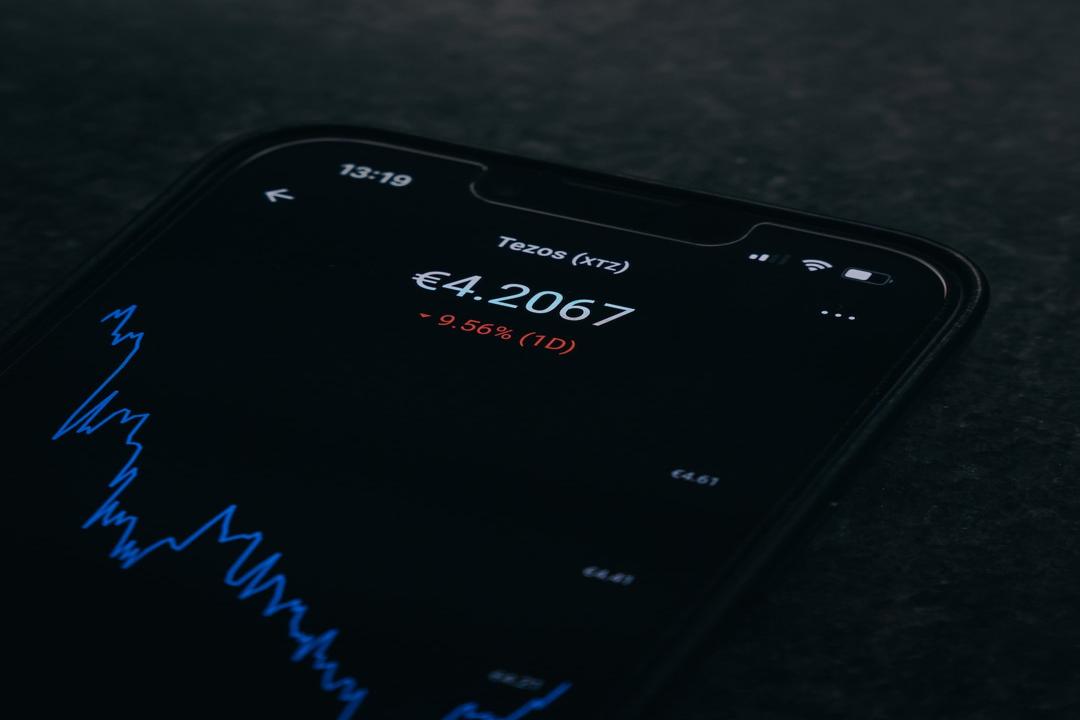
Data: Etherscan
It’s worth noting that with EIP4844 (network upgrade) reducing L2 fees, we observe a slowdown in “fee burning” rates.
In fact, since March 13, Ethereum’s ETH issuance has increased by 75,951, approximately 767 ETH per day (EIP 4844 implementation). This year, the network’s supply has still decreased by 23.3k ETH. But if we don’t see an increase in on-chain activity in the second half of this year, the network could experience slight inflation this year.
L2 differs on the following factors:
L2 allocates tokens to investors, advisors, and contributors, often with vesting periods of 4 years or more.
Today, most L2 tokens (especially major tokens) lack buyback or burn mechanisms.
L2 token utility is almost zero, thus lacking structural purchase support.
As mentioned earlier, we predict Ethereum will experience slight deflation this year.
We can contrast this with known information related to L2 token unlocking. For example, Arbitrum will unlock 1.15 billion tokens next year (current supply inflation of 36%).
Over the next three years, Arbitrum will unlock 3.2 billion tokens. Most of these tokens are allocated to investors and contributors holding significant unrealized gains.
We should expect them to be sold at the end of the vesting period — increasing token supply in the market.
We can see the impact of token unlocking in the chart below. For instance, Arbitrum’s unlocking began in March, and we can see its effect on prices below. This offsets the fundamental growth of Arbitrum (pink representing active user growth).

Data: Token Terminal
Given Arbitrum will unlock 1.15 billion tokens next year, nearly $1 billion in new funds must enter the asset for its price to stay at $0.82 — all else equal (at the time of writing this article ARB price).
Price forecasts
Remember, no one can predict prices no matter how much data, foresight, or luck we have. In this section, we’re merely sharing some high-level forecasts to return to reasonable price targets.

Data: Token Terminal
*The above forecasts assume ETH’s circulating token supply remains unchanged. BTC’s supply is known. Thus, actual values plus one year of inflation. Additionally, “BTC dominance” and “ETH as % of BTC MC” are taken from peak cycle values.
We use forecasts for ETH to regress the potential valuation of the top 2 Layer 2s: Arbitrum and Optimism.
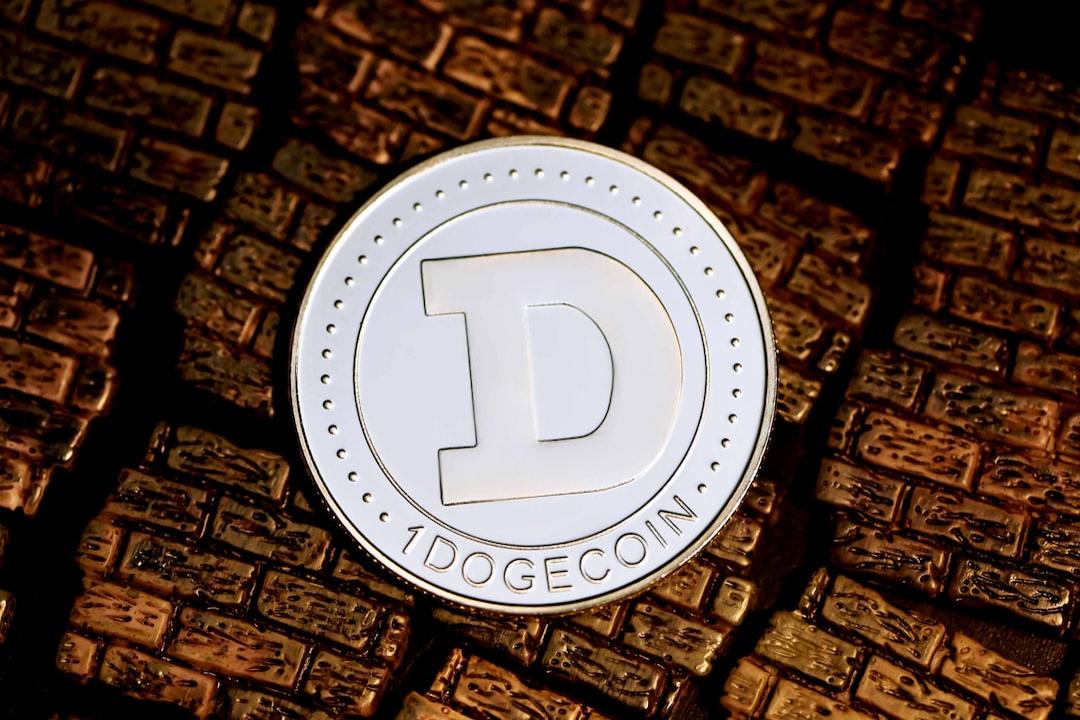
Data: Token Terminal
The above data table assumes the following:
In base and bearish scenarios, Arbitrum occupies 0.62% of the expected ETH market value (as it stands today).
In bullish scenarios, Arbitrum occupies 1.24% of the expected ETH market value (currently double).
In base and bearish scenarios, Optimism occupies 0.46% of the expected ETH market value (as it stands today).
In bullish scenarios, Optimism occupies 0.92% of the expected ETH market value (currently double).
One year of token unlocking is factored into each asset’s price/token.
Betting on Ethereum L2 fundamentally means betting on ETH.
That’s why our forecasts start with advanced predictions for ETH.
Conclusion
If you’re bullish on the Ethereum ecosystem, we believe you need to emphasize ETH as part of your investment portfolio.
Why? Because over-investing in any single L2 could potentially yield negative returns — even if arguments on Ethereum hold true. For this reason, we suggest at least 50% of the Ethereum portion in a liquidity investment portfolio should be in ETH. Note that this figure depends on risk tolerance, goals, investment timeline, etc.
Token unlocking is real. They clearly impact forecasted returns. For example, Arbitrum’s base case forecasts a 315% increase in market value next year, but token prices per token increase by only 210%. It is precisely for this reason
, ETH performs better than L2 in base and bear market scenarios.
To surpass ETH’s performance, the market needs to reprice them based on their percentage of Ethereum’s market value. We saw this with Solana last year — in December 2022, it was only 2.5% of Ethereum’s market value. This was clearly wrong. Since then, the market has reevaluated Solana’s rating to 15% of Ethereum.
On a fully diluted basis, ARB and OP account for 3.7% of Ethereum’s market value. If you believe top L2s should occupy close to 10% of Ethereum’s market value, this could change your portfolio allocation. Given token utility, unlocking, and competition, we do not expect this scenario to occur next year but could reprice in the long term.

